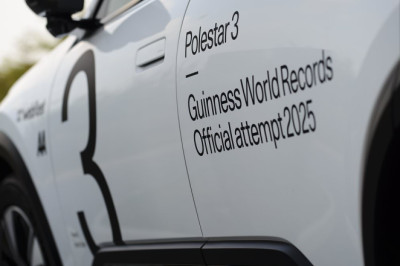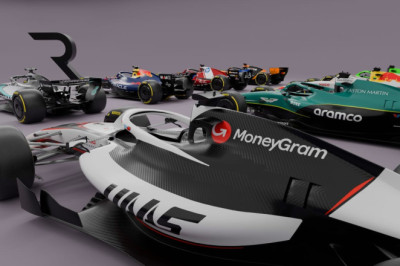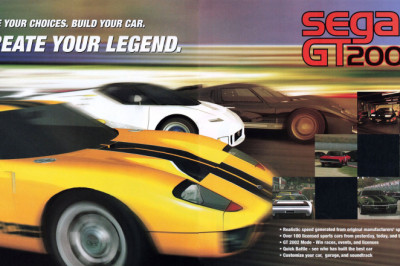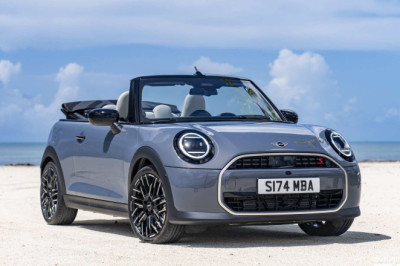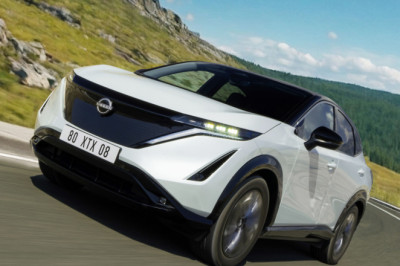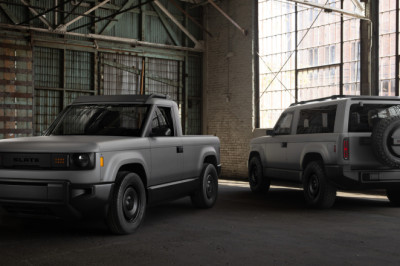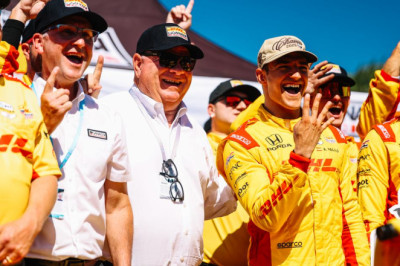
The Oldsmobile Diesel V-8 fiasco of the late 1970s and early 1980s, coupled with plunging gasoline prices as the middle 1980s approached, soured a large segment of American car shoppers on new vehicles powered by oil-burning engines. Still, diesels were enormously popular in Western Europe at the time; plenty of Americans knew that fact and were willing to buy oil-fueled Mercedes-Benzes, Peugeots, Audis, and Volkswagens. Here’s one of the first diesel B2 Passats sold in the United States, found in the same northeastern Colorado car graveyard that holds the 1952 Ford we admired last week.
Volkswagen of America didn’t get around to using the Passat name in North America until the 1990 model year. The B1 Passat was the first water-cooled Volkswagen model sold in the United States (it beat the Rabbit by a year, being introduced as a 1974 model), and it was badged as the Dasher here. The B2 Passat was sold here as the Quantum during its 1982-1989 sales run.
When car enthusiasts on this side of the Atlantic hear the words “VW Quantum wagon,” they tend to think of the wild all-wheel-drive Quantum Syncro. Today’s Final Parking Space machine has front-wheel drive and was much, much slower than a gasoline-powered Quantum Syncro.
The Quantum wasn’t just about the wagon, though that version was most popular in North America. It was available in four-door sedan and (briefly) in coupe formats as well. I’ve documented a fair number of these cars during my international junkyard travels.
The turbocharged SOHC 1.6-liter diesel four-cylinder engine in this car was rated at 68 horsepower and 98 pound-feet. If you got the 1.7-liter gasoline-burning four-cylinder in your ’83 Quantum, it had 74 horses and 89.6 pound-feet under its hood (the five-cylinder didn’t show up in U.S.-market Quanta until the 1984 model year).
The naturally aspirated version of this engine made cars miserably slow, generating 52 horsepower and 72 pound-feet in U.S.-maket Jettas and Rabbits (it wasn’t available in the Quantum).
Fuel economy with this engine was very impressive for a car of this size in 1983, with EPA combined city/highway fuel economy listed at 41 miles per gallon. The much smaller and cruder 1983 Chevrolet Chevette Diesel (yes, diesel Chevettes existed and had Isuzu engines) beat it, with 42 EPA-certified MPG.
At some point, this car got a hood swap from a 1986 Quantum.
There were some other interesting diesel cars available in the United States during the early-through-middle 1980s (that hardly anyone bought), including Volvo 240s, Toyota Corollas, Isuzu I-Marks, Nissan Maximas, Ford Escorts, BMW 5 Series, Lincoln Continental Mark VIIs, Oldsmobile Cutlass Cieras, and more edge-case machines that sold in their hundreds at best.
This 2455-pound car would have been on the sluggish side with the base five-speed manual transmission, but its original buyer was willing to endure even pokier acceleration and spent $515 (that’s about $1689 in 2025 dollars) for the optional three-speed automatic.
The top GL trim level, which this car is, came with power windows as standard equipment.
The driver’s side window is manual, however. Why would you need a power driver’s window? The crank is right by your hand, mein herr!
The air conditioning did cost extra, though: $630, or $2066 after inflation.
The MSRP for this wagon before all the options was $14,955, making it the most expensive new 1983 VW available in the United States (except for the $15,145 Vanagon Westfalia Campmobile). That comes to around $49,677 in today’s money, and quite a bit more expensive than a new 1983 Buick Electra Estate Wagon ($13,638, or $44,734 now).
That Buick wagon scaled in at nearly a ton heavier than this VW, and its 307-cubic-inch Olds V-8 had more than twice the horsepower. What it didn’t have was genuine European design, nimble handling, and fuel economy.
This car barely made it past 100,000 miles during its career (or the speedometer cable broke decades ago). The highest-mileage Volkswagen I’ve ever documented in a junkyard was a Quantum Syncro wagon with just over 300k miles, by the way.
The rear corners of the hood are bent up and the windshield is cracked in many places. This suggests a hood-latch failure at highway speed, which is likely the incident that sent the car to this place. I’ve found a discarded Camry wagon that nearly reached 600,000 miles before a hood-latch failure doomed it. Don’t let this happen to you!
Here are the ’83 turbodiesel Volkswagens taking off from the USS Yorktown (much suspension of disbelief required).
The rear axle helps think you around a curve. Can an Electra Estate do that?
I doubt it was built with three power windows, my guess is that a power regulator was as hard to come by for the PO as it was on my Audi Coupe GT in 2001. So a manual crank got put in, possibly sourced at this very junkyard 🙂 On the Audi, I retrofitted to manual but at least I did both sides. Using regulators from, IIRC, a sedan Quantum. Which weren’t up to the task of holding up the coupe glass. The windows would slowly lower themselves when driving.





